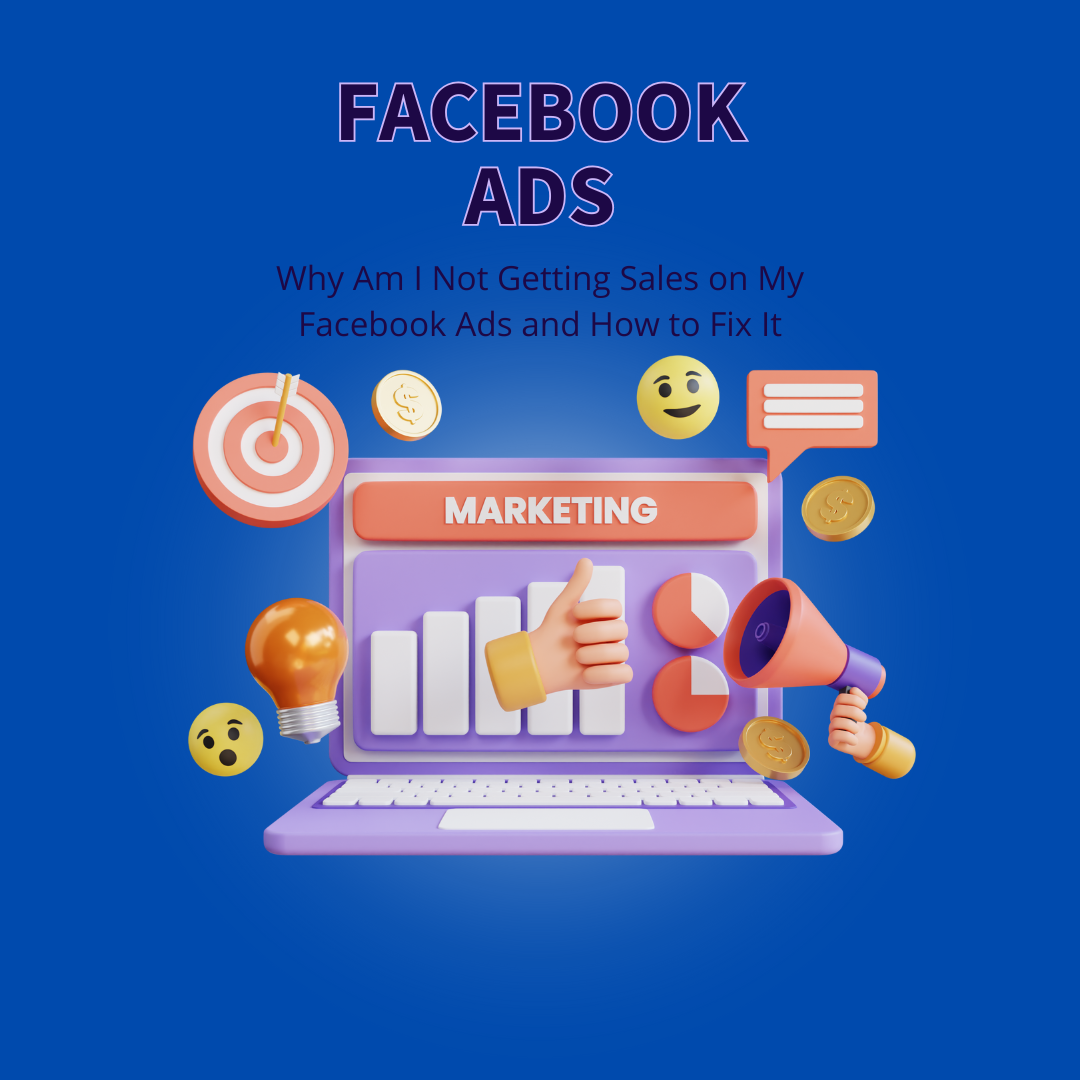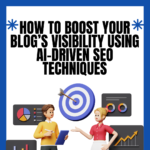Facebook ads can be a goldmine for businesses, but not every campaign hits the jackpot. If you’ve spent time and money crafting ads but still see zero sales, you’re not alone. Many marketers face this challenge, especially when starting out. In this article, we’ll break down the common reasons your Facebook ads aren’t converting and provide proven solutions to turn things around. Whether it’s your targeting, creatives, or strategy, we’ll guide you step-by-step on how to get the results you’re after.
1. Common Reasons Facebook Ads Don’t Lead to Sales
Wrong Target Audience
Targeting the wrong audience is one of the most common reasons why Facebook ads fail to convert. Even if your creatives are stunning, they won’t drive sales if they’re shown to people who aren’t interested in your product or service.
- How This Happens:
- Not defining your ideal customer persona (age, gender, interests, behavior).
- Using overly broad targeting, resulting in a scattered audience.
- Ignoring key audience segments like retargeting website visitors.
Poor Ad Creatives
Your ad creative plays a crucial role in catching attention and convincing people to take action.
- Problems Include:
- Images or videos that don’t stand out in a user’s feed.
- Copy that’s generic, uninspiring, or fails to convey value.
- Lack of a strong call-to-action (CTA) guiding users on the next step.
Improper Ad Objectives
Many beginners mistakenly choose the wrong optimization goal, expecting Facebook’s algorithm to work miracles.
- What Happens:
- Using “Conversions” as an objective without enough prior data.
- Facebook’s algorithm requires at least 50 conversion events per week to optimize effectively.
- Starting with clicks or landing page views may be more effective in early campaigns.
Website Issues
Even if your ads bring users to your website, poor design or functionality can deter them from completing a purchase.
- Key Website Issues:
- Pages that load slowly, causing users to leave before they even see your offer.
- Cluttered design or confusing navigation that frustrates visitors.
- Lack of trust signals like reviews, secure payment options, or clear product descriptions.
2. The Importance of Audience Targeting
TOFU, MOFU, BOFU Framework
The marketing funnel has three stages:
- TOFU (Top of Funnel): Awareness stage where you target a broad audience to introduce them to your brand.
- MOFU (Middle of Funnel): Consideration stage where you nurture warm leads who are familiar with your brand.
- BOFU (Bottom of Funnel): Conversion stage where you retarget people who have shown clear intent to buy.
Event Targeting and Lookalike Audiences
Facebook Pixel is essential for tracking user behavior and creating precise audiences.
- Event Targeting: Use pixel events like “Add to Cart” or “Purchase” to retarget users who are close to converting.
- Lookalike Audiences: Build audiences similar to your current customers or website visitors to expand your reach effectively.
3. Analyzing Your Facebook Ad Metrics
Understanding Key Metrics
- CTR (Click-Through Rate): Measures how many people clicked on your ad after seeing it. A good CTR varies by industry but is typically above 1%.
- CPC (Cost Per Click): Indicates how much you’re paying for each click. Lower CPC often suggests better ad performance.
- Reach: The number of unique users who saw your ad. Increasing reach can improve your chances of finding the right audience.
Signs of a Failing Campaign
- High CPC with low CTR signals your ad isn’t resonating with your audience.
- Low reach means your audience size might be too narrow or your budget insufficient.
4. Steps to Optimize Your Facebook Ads for Sales
Ensure Conversion Tracking Is Set Up Correctly
Without proper tracking, you can’t identify what’s working.
- Install Facebook Pixel on your website.
- Test events like “Add to Cart” or “Purchase” using Facebook’s Event Manager.
Test and Compare Different Audiences
- Start with 5-10 audience groups, targeting different demographics, interests, and behaviors.
- Analyze performance after a week to see which audience performs best.
A/B Testing for Creatives
- Create multiple versions of your ad with variations in images, copy, and CTAs.
- Run these ads simultaneously to determine what resonates best with your audience.
5. How to Increase Reach Without Blowing Your Budget
Using the Right Objectives
- Start with “Traffic” or “Engagement” objectives to build data.
- Switch to “Conversions” once you have enough purchase data.
Ad Placements and Frequency
- Use automatic placements to let Facebook optimize delivery.
- Monitor ad frequency to ensure users don’t see the same ad too often, leading to ad fatigue.
6. Solving Creative Problems
Crafting High-Quality Visuals
- Use tools like Canva or Adobe Photoshop for polished visuals.
- Focus on creating scroll-stopping images or videos.
Writing Engaging Ad Copy
- Lead with a compelling hook that grabs attention immediately.
- Highlight benefits rather than features to show customers what they’ll gain.
7. The Role of Retargeting in Driving Sales
What Is Retargeting and Why It Matters?
Retargeting focuses on users who’ve interacted with your brand but haven’t converted.
Setting Up Retargeting Campaigns
- Use Facebook Pixel to create custom audiences based on behavior like “Visited Product Page” or “Added to Cart.”
- Offer incentives like discounts or free shipping to encourage conversions.
8. Budgeting and Scaling Your Facebook Ads
Starting Small
- Spend $5-$10 per day to test audiences and creatives without overspending.
Allocating Budgets Across Campaigns
- Divide your budget into cold audiences, warm audiences, and retargeting campaigns to ensure balanced growth.
Analyzing Results After a Week
- Focus on metrics like cost per result, CTR, and ROAS (Return on Ad Spend) to evaluate success.
9. Troubleshooting Common Issues
Why CTR Doesn’t Guarantee Sales
A high CTR means people are clicking, but they may not be converting due to a weak landing page or misaligned targeting.
What to Do When Reach Is Low
- Expand your audience size or increase your budget gradually.
Fixing High CPC
- Test different creatives and bidding strategies to reduce costs.
Success with Facebook ads takes time, testing, and patience. By optimizing your targeting, improving creatives, and focusing on data-driven decisions, you can turn around your campaigns and start seeing sales. Take small, strategic steps, and don’t be afraid to tweak and test until you find what works. Start implementing these tips today, and watch your Facebook ad performance transform!




